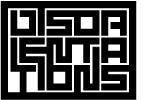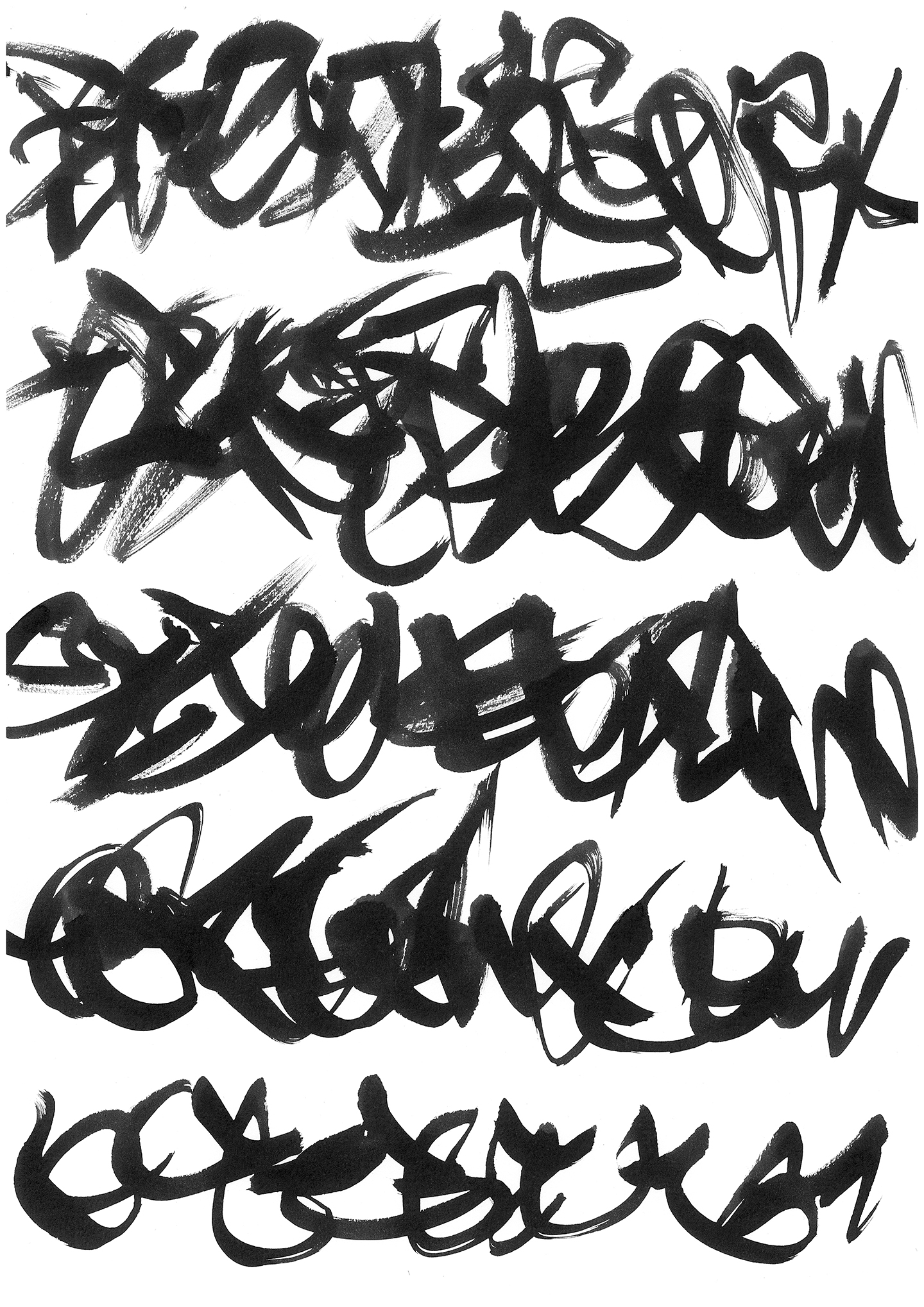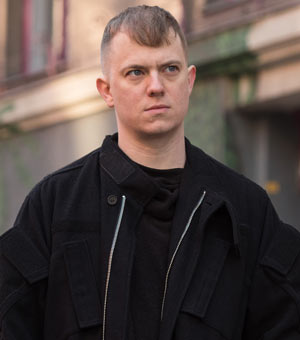You Are My Anything
by Travis Jeppesen on August 4, 2020
I can only aspire to be as fried as you were then, at that age. Blacksmiths were coming to visit the gold of your mother-in-law. Another version of Scandinavia admitted from the stereo’s vixen. How you could succeed through the sudden bubbling of life and mortar, big dazed sunglasses wore thin. Reversed men flash dividend eyeballs. Testimonial showroom flourishes the sign of the dilated testicle, venus attacks the squawk. Hello to be alive. My amoeba, destitute pleasure. Perspiring in the breeze. Put that over here. Dusted burghs erupt sense of true freedom ouch. The allotted savior howls. Rainbow falls over on the insect farm all right. We dance up and off to the side in order to elicit holy how. Articulate grandeur my finger smells. Exaggerate black beauty width to go downtime in tune with teen happenstance chaser, stretch glances across lengthened gorge corridor; howls lightly just to splay you, remember my originary reprimander. Down holey and connoted, the spinning bog devours next assertion. Bury it with the fleas, I’m a corrosive container, riders in the seed. Mountaintop reindeer dancing. Jobs blow up winters away from here. Glam countertop provides refuge from lingering question mark avalanche. Who aren’t you smiting. Nectar in the ass sponge baby tonight. Sunburned embargo melts quietly across the muse. Pancake attack on my shoulder. Motorcycles in the stars fat fucker. Lustified in the relapse, where you going now. Take off that skin, I wanna see you go rabbit-style.

From Dicklung & Others, 2009.
On Zhang Ding’s High Speed Forms
by Travis Jeppesen on August 2, 2020
The vehicle becomes a metaphor for the body and reminds us of all the ways we routinely surrender control: the ways our agency is increasingly remote-controlled by, among other forces, that grand deity of the twenty-first century, technology.

On Zhang Ding in Artforum.
Disappearer
by Travis Jeppesen on July 24, 2020
“One morning, Rob Baerenwiese awoke to discover he was no longer among the living. It was a strange sensation, to say the least. In a physical, tingly, sensate sense, he was still very much alive. At least he felt himself to be. But those feelings, in certain circumstances, don’t amount to much in the grand accounting.”
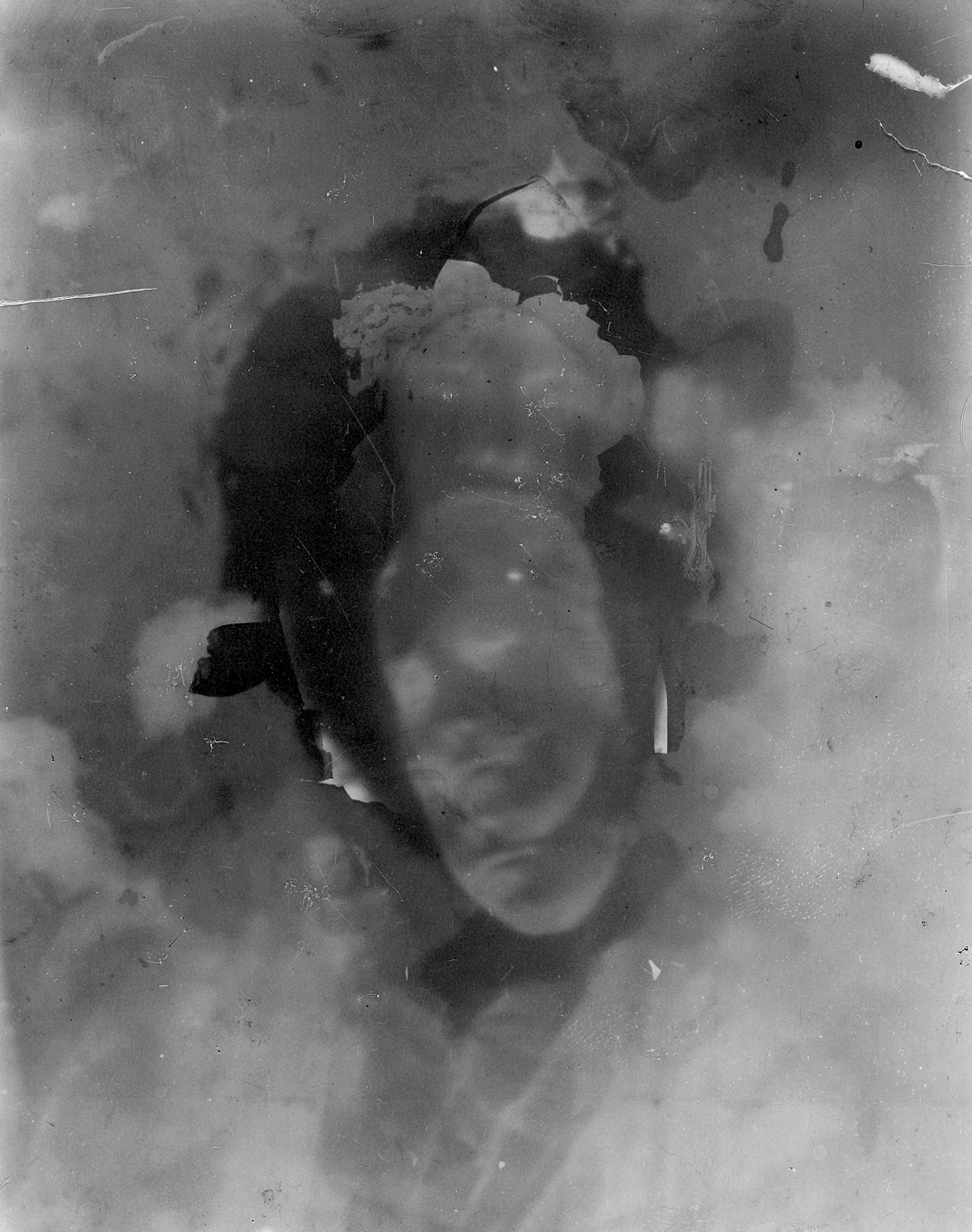
A new short story in the latest issue of Mousse.
These Extraordinary Times: Travis’s COVID-19 Interview
by Travis Jeppesen on May 30, 2020
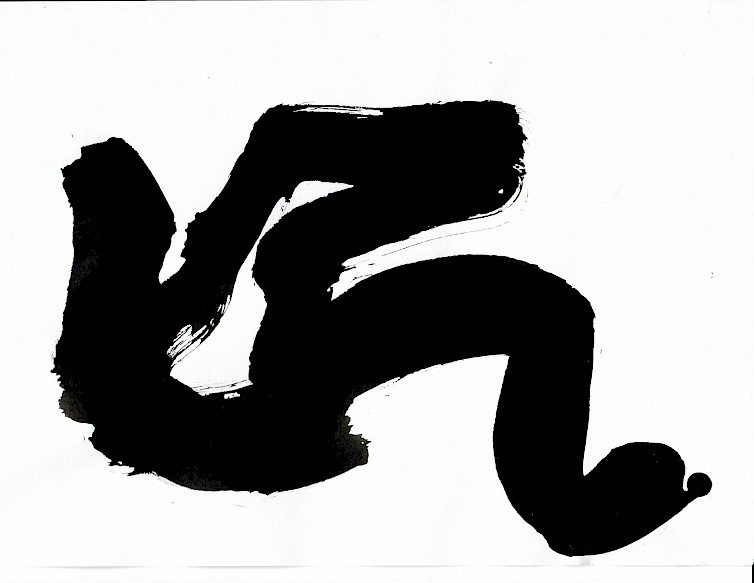
“I have more time and excuses now to watch television than ever before. I’ve been particularly taken with CNN’s recurring homages to corporations, the real unsung heroes of the pandemic. Krispy Kreme, for example, recently donated tens of thousands of boxes of doughnuts to America’s healthcare workers. Given that these people are the most vulnerable, owing to their daily exposure to the virus and countless overtime hours devoted to fighting it, we can at least rest assured that they are fortifying their immune systems and maintaining their physical heartiness by gorging themselves on these nutritious, life-sustaining morsels. Thanks to such inspiring gestures by global CEOs, it wouldn’t surprise me if, say, Philip Morris were to soon follow suit, gifting a carton of Marlboro Reds to every COVID-19 patient currently hooked up to a ventilator.”
Read Travis’s COVID-19 interview at Launchpad.
Zooming Out
by Travis Jeppesen on May 17, 2020
A virtual walk-through of Josh Kline’s exhibition at Various Small Fires in Seoul, at Artforum.

Tianzhuo Chen
by Travis Jeppesen on February 7, 2020

“Chen’s immersive protocol is suffused with his own yearning for transcendence, that fiery demand to get beyond this body, along with the dread that maybe this is all we’ve really got.”
An essay on Tianzhuo Chen, in the February issue of Artforum.
See You Again in Pyongyang updates
by Travis Jeppesen on December 17, 2019
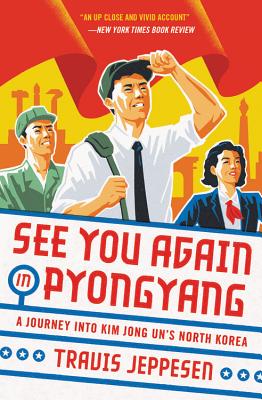
See You Again in Pyongyang is now available in paperback.
Read Travis’s exclusive essay Shopping in Pyongyang from the New York Times Magazine.
Best of 2019
by Travis Jeppesen on December 16, 2019
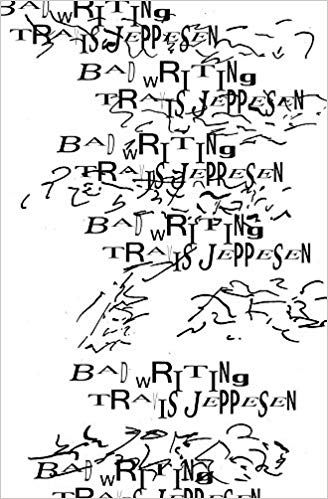
Thanks to Dennis Cooper for including Bad Writing in his round-up of the best books of 2019!
Happy holidaze ~~
